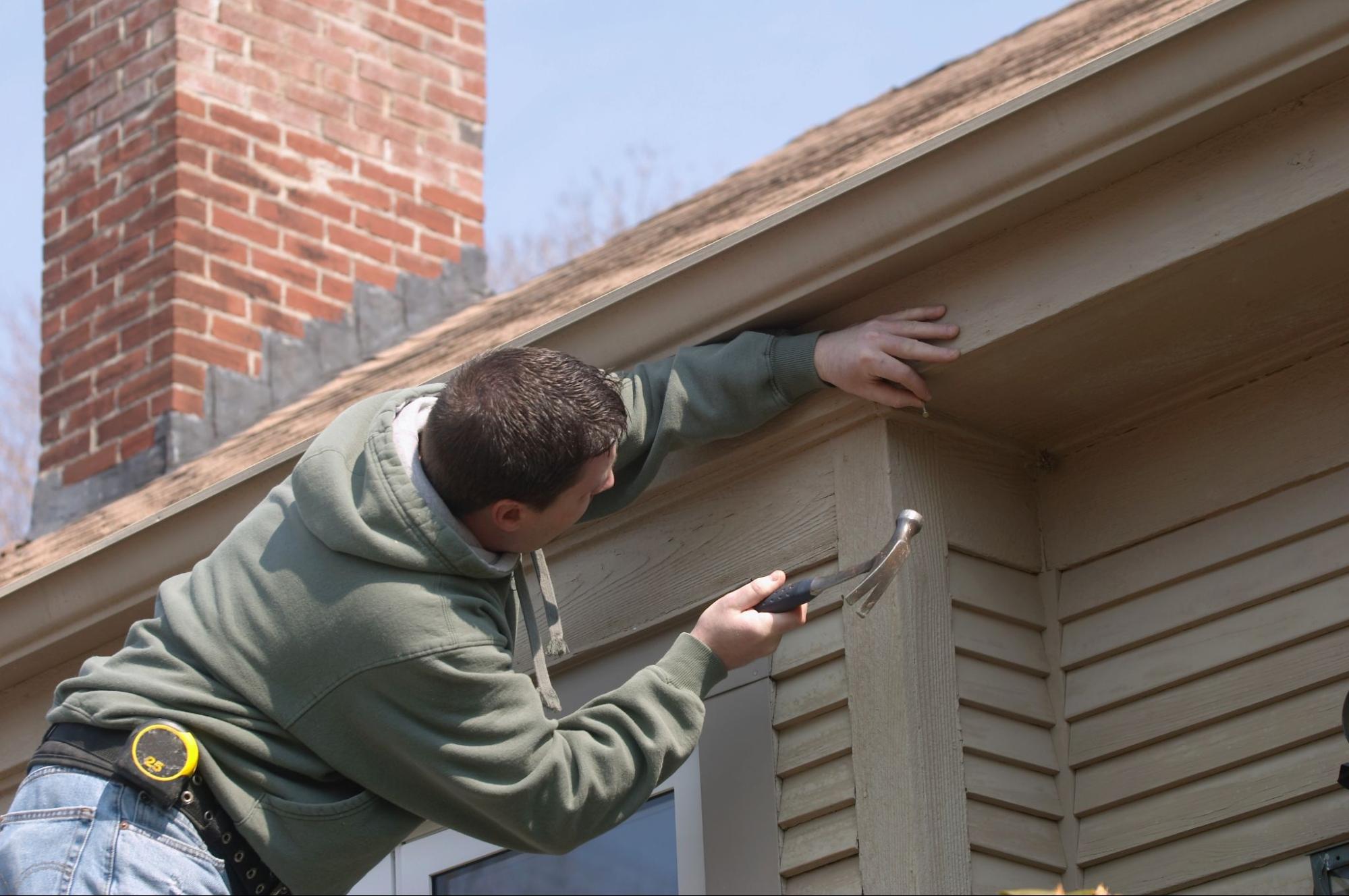Hoarder House Cleanup: An Insight into Average Costs.
The rise of hoarding, once perceived as a mere quirk of character, now occupies a prominent place in societal discussions. This intensifying compulsion doesn’t merely exert strain on an individual’s psychological landscape; it unfurls a plethora of ramifications that resonate through property markets and municipal safety protocols. Elevated concerns regarding property value depreciation and increased safety risks have spurred stakeholders, from local authorities to real estate magnates, into action. As hoarded properties emerge from the shadows, they bring with them substantial economic and societal costs that demand nuanced understanding.
Understanding the Hoarding Spectrum
At its core, hoarding oscillates on a spectrum—ranging from innocuous collections to labyrinthine clutter. Broadly defined, it signifies a persistent difficulty discarding items, regardless of their tangible or perceived worth. In its benign incarnation, one might encounter eclectic assemblies of vintage memorabilia or art. However, when it metastasizes to severe forms, dwellings can transform into impassable mazes filled with garbage, decayed food, and, regrettably, even deceased pets. Such extreme scenarios metamorphose homes from comfortable sanctuaries to environments riddled with disease vectors, creating potential fire traps or structures buckling under the weight of accumulated detritus.
Factors Determining the Cost of Cleaning a Hoarder House
Evaluating the monetary implications of restoring a hoarder’s residence to habitability necessitates multifaceted considerations. Determinants that pivotally influence the cost matrix encompass the residence’s spatial dimensions and the depth of hoarding infestation. Additionally, intricacies like the presence of biohazards—rotting organic matter or chemical repositories—and concealed structural impairments add layers of complexity. Furthermore, external parameters, like a dwelling’s geographic locus and its intrinsic accessibility, play indispensable roles in shaping the fiscal contours of the cleanup expedition.
Breaking Down the Cost Components
Delving into the cost anatomy of a hoarder house cleanup is akin to navigating a multifarious economic mosaic. At the forefront is the labor calculus: professional cleaning brigades, equipped with specialized skill sets, versus the unvarnished, albeit arduous, DIY approach.
Then, we traverse the domain of equipment and material outlays. This covers a spectrum from rudimentary cleaning tools to advanced safety paraphernalia designed to shield against biohazards. An equally pertinent aspect revolves around waste management. The fiscal implications of utilizing landfills, embracing recycling protocols, and resorting to specialized disposal mechanisms can vary significantly. Overlaying these are ancillary services, often indispensable, like pest extermination, advanced microbial sanitization, and intricate structural rehabilitation.
Comparing Prices: Professionals vs. DIY Cleanup
Dissecting the cost-benefit matrix between professional intervention and DIY endeavors unveils nuanced insights. Professional services, underpinned by years of experience, bring with them the allure of efficiency, specialized equipment, and often, a guarantee of thoroughness. However, such expertise comes at a premium, reflected in their invoices. On the flip side, the DIY trajectory, while initially appearing as a bastion of savings, carries its own set of concealed financial pitfalls. These span from equipment acquisition and rental costs to potential missteps that might amplify existing hazards or inadvertently introduce new ones.
Regional Variations in Cleanup Costs
The kaleidoscope of cleanup costs exhibits significant regional colorations. Different geographies introduce their own set of variables, infusing diversity into the cost structures. Metropolitan terrains, wrestling with real estate premiums and stringent regulations, might command elevated labor and disposal tariffs. Conversely, pastoral landscapes might extend more economical alternatives. However, they might simultaneously pose logistical challenges, given their relative remoteness. Thus, regional idiosyncrasies necessitate astute fiscal foresight.
Saving Costs: Tips and Tricks
Amid the intricate financial labyrinths of hoarder house restorations, there lie latent avenues for economization. Foremost is the exploration of governmental or philanthropic grants designed to alleviate such challenges. Building synergies with local community organizations can also usher in resource sharing and volunteer-driven initiatives. Furthermore, methodical planning, ensuring sequential cleanup and disposal, devoid of redundant efforts, can extract maximum value from every dollar expended.
Real-life Case Studies
Translating theoretical cost architectures into tangible scenarios provides illuminating perspectives. Consider a penthouse in a bustling urban heart, its rooms suffocated with decades of newspapers, juxtaposed against a countryside cottage brimming with antique furniture. The urban cleanup might necessitate extensive manpower, specialized disposal mechanisms, and intricate sanitization regimens. In contrast, the cottage, while demanding labor, might unveil treasures that offset costs or even turn profitable. Real-life case studies, thus, underscore the unpredictability of costs and emphasize the vitality of adaptability.
Prevention and Early Intervention
Historically, prevention has always claimed an exalted pedestal above cure. Recognizing embryonic signs of hoarding tendencies can curtail the eventual complexities and costs. Cultivating an environment that encourages open dialogues, devoid of judgment, can facilitate early interventions. By channeling affected individuals towards therapeutic avenues, community workshops, or counseling sessions, the progression of hoarding can be arrested, safeguarding both the individual and the larger community from the impending socio-economic aftershocks.
Confronted with the multifarious challenges of hoarding, a holistic approach, intertwining empathy with economic pragmatism, emerges as the keystone. Beyond the visual chaos and mental health implications, lie intertwined threads of safety considerations and property valuations. As we endeavor to restore habitats to their pristine states, the journey underscores a salient lesson—the imperative of harmonizing human well-being with fiscal responsibility.
Need a Swift Solution for a Hoarder House? Trust Chattanooga’s Finest!
Navigating the intricate realm of hoarding and the costs tied to restoring such properties can be a daunting task. But you’re not alone in this endeavor. At We Buy Houses Chattanooga, our zeal for real estate isn’t just about bricks and mortar—it’s about providing tangible solutions when you need them the most. Understanding the challenges and urgencies that come with hoarder houses, we stand ready to offer an efficient, empathetic, and economical way out. Why wrestle with the complexities of traditional selling methods when an expert solution is just a call away? Experience our commitment, passion, and proficiency in real estate, especially when it’s intertwined with genuine care for our community. Discover how we’re reshaping the narrative of real estate solutions in Chattanooga right here or dial 423-205-1009. Let us help you transition seamlessly, offering peace of mind and financial ease.

